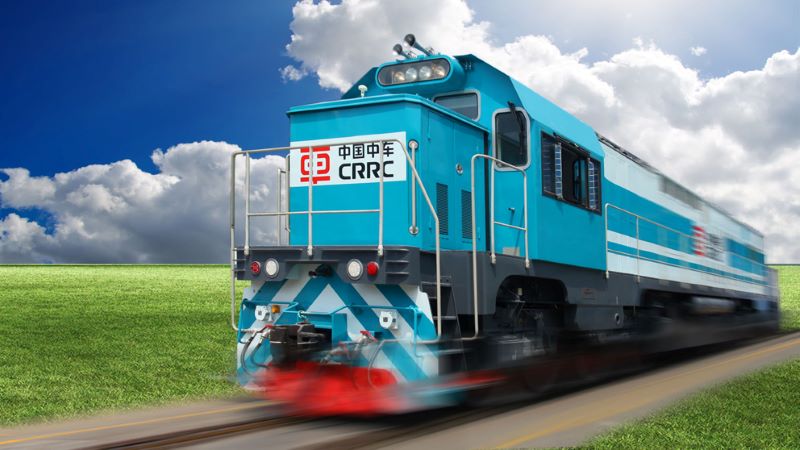
In 2005, the ‘Green Goat’ Locomotive, delivered by the Ganada Railway Power Technology Company, was the first hybrid locomotive in the world. Because of its excellent energy saving and emission reduction effect, a number of companies have subsequently carried out research on hybrid locomotive technology.
Hybrid locomotives adopt a diesel engine and battery power as a power source, with three driving modes and three charging modes, which are automatically controlled by a microcomputer control program. There are three driving modes for locomotives: pure diesel generator set drive, power battery pack drive, and hybrid drive. The control strategies are as follows:
- When the locomotive is running at low power, the diesel generator set does not work and the power battery pack has priority to drive.
- When the locomotive is running at medium power, the diesel generator set or power battery will drive it. If the power is insufficient, another power source will participate automatically.
- When the locomotive is used in high power, the diesel generator set and the power battery pack are driven together.
- When the locomotive is on standby, the diesel generator set shuts down and the power battery pack supplies power to the auxiliary system.
- If the power battery is low in power, the diesel generator set is automatically started to work in the high-efficiency range to charge the power battery.
There are three charging methods of power battery pack: a diesel generator set to charge the power battery pack, braking energy recovery to charge the power battery, which recovers the maximum amount of train braking energy for reuse; and ground charging equipment to charge the power battery pack.
Because the diesel engine always works in the high efficiency range, the fuel consumption for idling, emissions, and noise are all reduced. At the same time, power braking gives priority to recovery and the charging of braking energy, reducing brake shoe wear and fuel consumption.
Based on the above technical characteristics of hybrid locomotives, the assessment test shows that, in the case of no ground charging, the fuel saving rate of the locomotive is between 30% and 50%, and the whole life cycle cost is reduced by approximately 10% after analysis. Pollutant emissions are also reduced by 30%~80%, and noise influence time is reduced by more than 80%.
The HXN6 hybrid locomotive is developed and produced by CRRC Ziyang Co., Ltd. and adopts an external corridor, underframe bearing body, C0-C0 axle arrangement, axle load of 25 tons, and main-auxiliary integrated AC drive system. The service power of the diesel engine is 1250kW. The loading capacity of the power battery is≥1175kW, and the maximum operating speed is100km/h. Thr HXN6 hybrid locomotive is suitable for shunting and transfer operations in railway yards.
To sum up, in near future, hybrid locomotives are green locomotives that can effectively replace traditional diesel locomotives.


